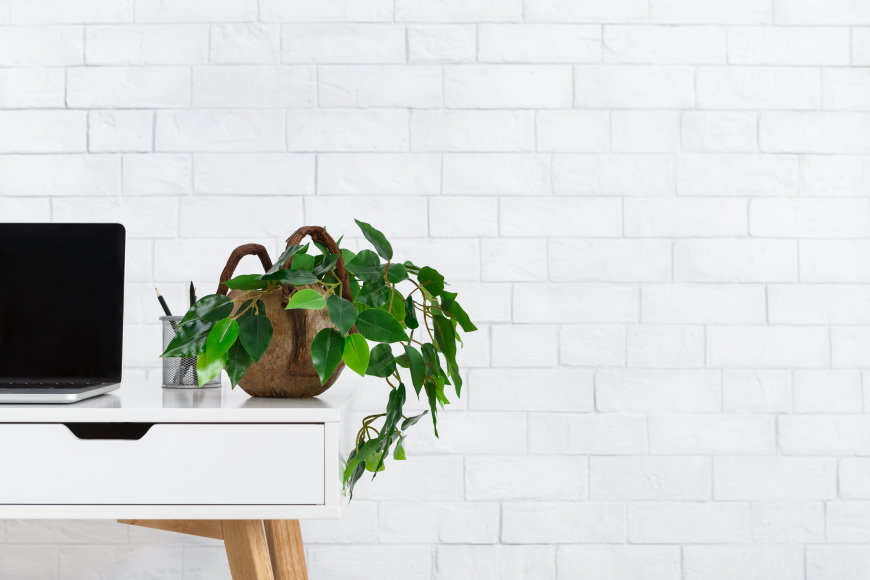As more and more of us work from home, its time to reexamine setting up a home office, not only on a functional basis but also to make sure we are taking advantage of any tax breaks. Here is some great advice from Turbo Tax.
Step 1: Pick a space
Your home office must be the primary area where your business activities take place. If you spend most of your time elsewhere, your home office must be the place where you conduct administrative or management chores (assuming you don’t make substantial use of any other fixed location to conduct those chores). Your desk, computer, filing cabinets and shipping area (if you have one) should all be part of your home office space.
- You can use a portion of a room as a home office, but be sure the personal spaces are clearly separate from the business space.
- When furnishing your home office, you should have only those decorative items that would be appropriate for a “real” office or cubicle—if you wouldn’t have something in a real office, it shouldn’t be in your home office.
Storing inventory: If you use areas in your garage, basement or attic as storage space for your inventory, you can add it to your home office space to take the deduction. You cannot deduct your entire garage, basement or attic if you use only a portion of that space to store inventory.
Note: Rarely will an auditor make a home visit. Photographs of your office should suffice.
Step 2: Measure your home office
To take the home office deduction, you should know the square footage of both your entire home (wall to wall) and your home office space.
Step 3: Choose a method
Percentage of your home method: Calculate your home office percentage. This is a fraction—the numerator (top number) is the square footage of your home office space, while the denominator (bottom number) is the square footage of your entire home (wall to wall).
- For example, if your home office space is 1,000 square feet, and your entire home is 4,000 square feet, your “home office percentage” is one fourth, or 25%.
- 1,000 square feet ÷ 4,000 square feet = 0.25 ( x 100 = 25%)
Simplified square footage method: Beginning with 2013 tax returns, the IRS began a simplified option for claiming the deduction. This new method uses a prescribed rate multiplied the allowable square footage used in the home.
For 2019 the prescribed rate is $5 per square foot with a maximum of 300 square feet. The space must still be dedicated to the business activity as described above.
- With the simplified method, if your home office measures 150 square feet, for example, then the deduction would be $750.
- 150 square feet x $5 per square foot = $750
Note: With either method, the qualification for the home office deduction is made each year. So, you might qualify one year and not the next, or vice versa.
Step 4: Start deducting
If you have a home office, you can deduct your home office percentage from many of your household expenses, such as:
- mortgage interest
- property taxes
- utilities
- homeowner insurance
- rent
If you own your home, you can also depreciate the business portion for tax purposes. You cannot deduct expenses (such as lawn care and gardening) for activities that take place outside of the home, since by definition a “home office” must be “within” a home.
Some special rules
- You cannot deduct more than the net profit your business makes each year. (But like other operating losses, you can carry these forward into future tax years.)
- You must fill out Form 8829 and submit it with your 1040 each year. (TurboTax can help you do that.)
- If you depreciate your home as part of the home office deduction and then sell your home at a profit, you will have to pay a capital gains tax of up to 25% on gain attributable to the home office depreciation write-offs you took.
Step 5: Keep good records
While the home office deduction is typically not an “audit trigger,” you do have to keep good records, such as:
- Copies of Form 1098 showing the interest you paid on your mortgage each year
- Property tax bills (and cancelled checks)
- Utility and insurance bills
- A copy of your lease (if you rent)
- Documentation for any other expenses you deduct



